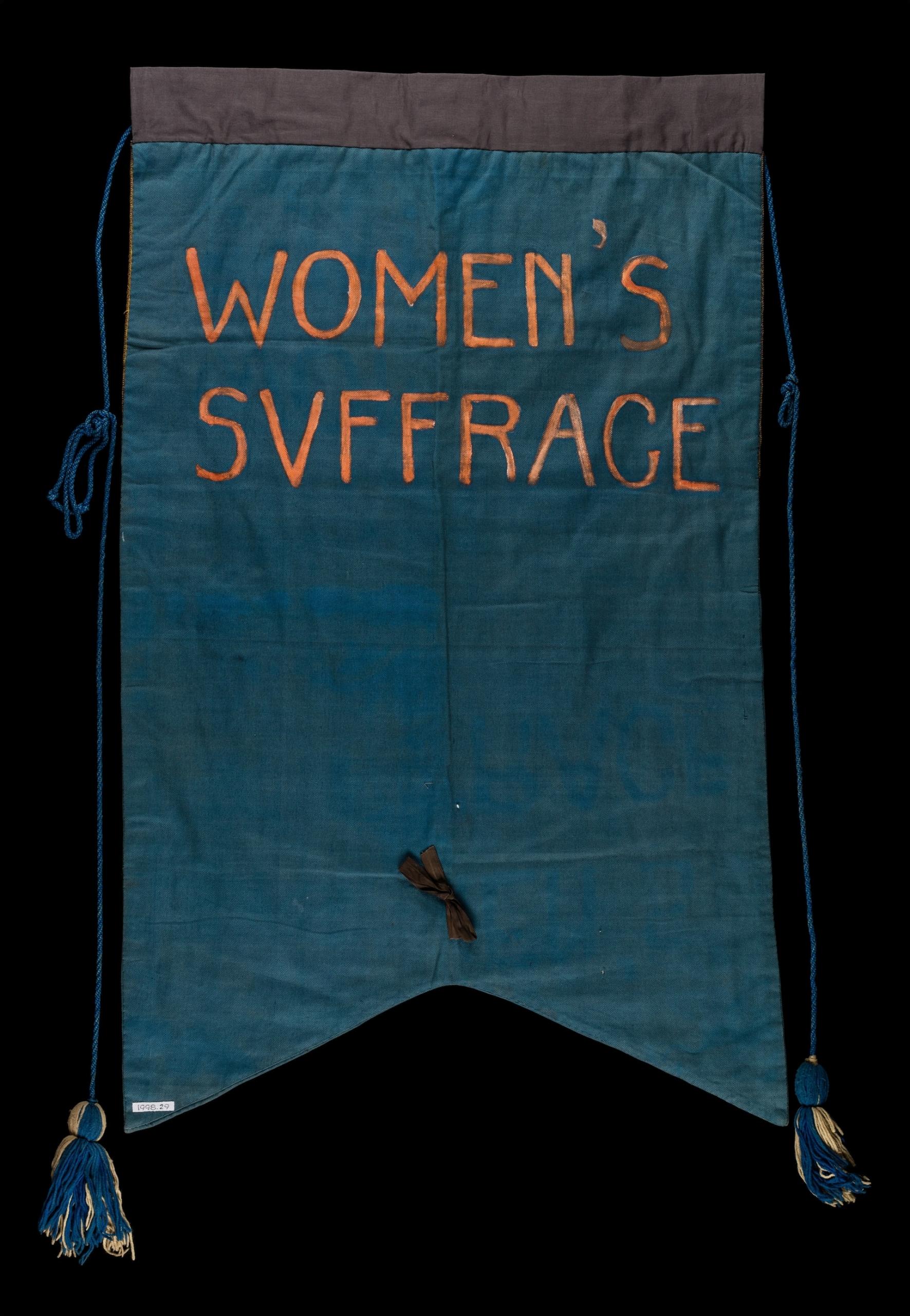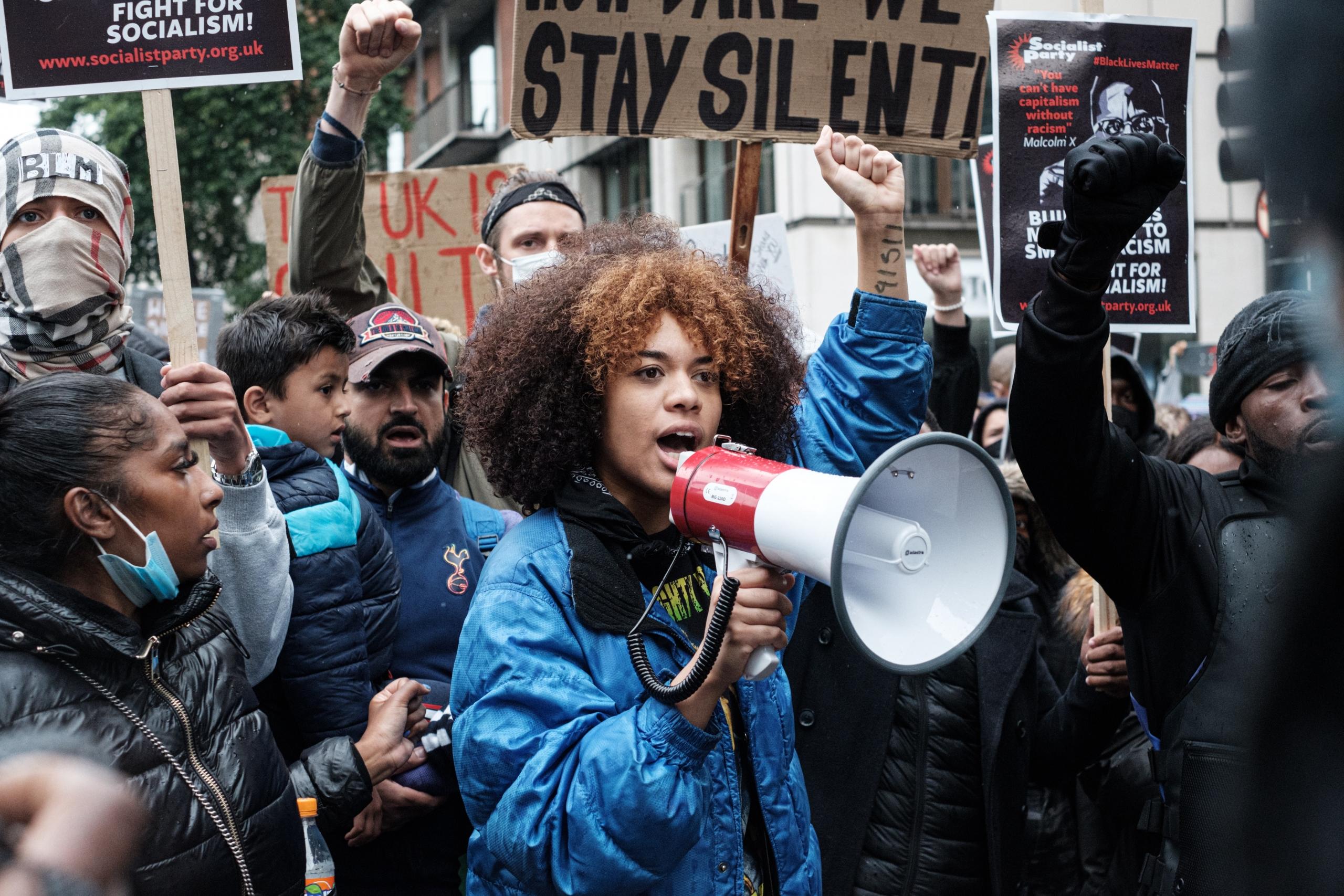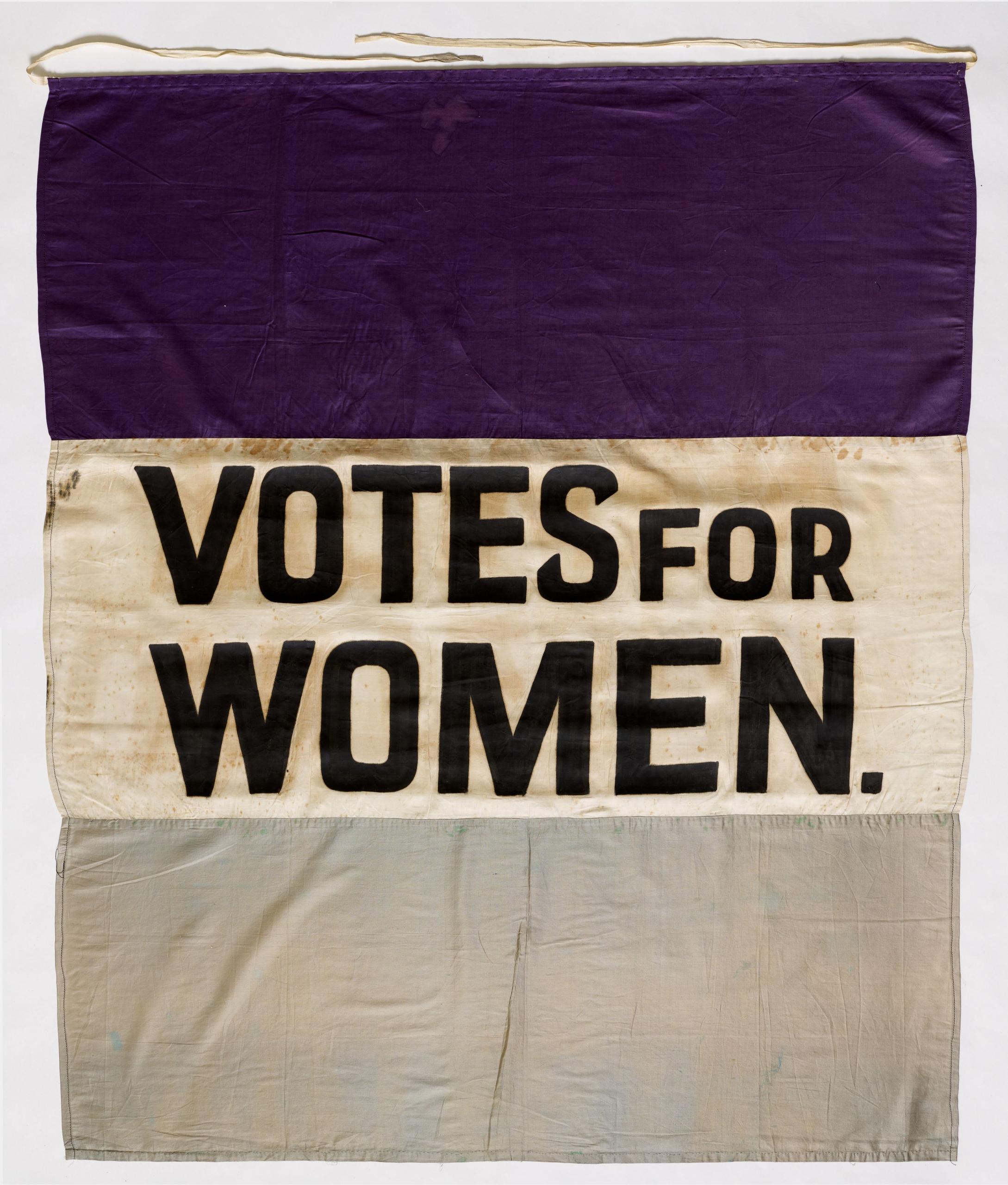First wave feminism occurred during the 19th and early 20th centuries in Western countries. This period is characterized by legal issues, primarily on securing women's right to vote.
There are 3 waves of feminism that have marked the history of feminism. Even though the origins of feminism vary from country to country because of its feminism background, it is also very difficult to point out who was the first feminist in history. Thus, it is challenging to set a date to define when did feminism start.
Nonetheless, it is still possible to gather information about the early feminists and the rise of feminism in different countries and which movement first inspired or launched a certain wave of feminism. Several waves of feminism and feminist movements had to happen in order to achieve the current stage which is the 5th wave of feminism. But let's start with women's rights movement and 19th century feminism.

Origins
The term first wave feminism appeared after the journalist Martha Lear published an article in March 1968 in the New York Times Magazine titled “The Second Feminist Wave”, which described what women were protesting for during the 1960s, which was different from the 19th and beginning of the 20th century. 19th-century feminism, is characterized by the fight for women's political power, such as their presence in political campaigns and their right to vote.
The debate about the equality of rights between sexes started in the 15th century with the feminist philosopher Christine de Pizan. The question about the equality of sexes continued during the Enlightenment with philosophers such as Rousseau, who defined an ideal democratic society, but only based on the equality of white men, women, and other ethnic groups were often discriminated against.
This inherent exclusion of women in society's public and political life was addressed by authors such as Mary Wollstonecraft and her contemporaries. The main idea of Wollstonecraft was to expand Rousseau's democratic description of society, where gender equality was key. Her first feminist treaty, A Vindication of the Rights of Woman (1792), advocated for the social and moral equality of sexes. She was known for speaking up her mind and being bold about the inclusion of women in public life, specifically of female education. She also took the term 'liberal feminism' to describe her devotion to breaking through the traditional gender roles.
Wollstonecraft is considered to be the groundbreaker of the British feminist movement, in this sense we could consider her the first feminist that set the legacy for the suffragettes to establish their campaign for women's vote.
Symbols of Feminism
First-wave feminism, spanning the late 19th and early 20th centuries, was not only a movement for legal rights but also a visual campaign that employed powerful symbols to communicate its ideals and rally support.
The Suffragette Colours
In the United Kingdom, the Women's Social and Political Union (WSPU), led by Emmeline Pankhurst, adopted a distinctive colour scheme to represent their cause: purple, white, and green. Purple symbolised dignity and justice, white represented purity, and green stood for hope. These colours were prominently displayed on banners, sashes, and pins during marches and protests, becoming a visual shorthand for the suffrage movement.
The Silver Door Pin
In the United States, suffragists who were imprisoned for their activism were often given a silver pin shaped like a jail door. This pin became a badge of honour, signifying the wearer's commitment to the cause and the sacrifices made in the fight for women's rights. The Library of Congress
The Raised Fist and Venus Symbol
While the clenched, raised fist combined with the Venus symbol (♀) is more closely associated with second-wave feminism, it draws on earlier feminist iconography. The Venus symbol itself, representing the female gender, was used during the first wave to assert women's identity and rights. Over time, the raised fist was incorporated to signify solidarity and resistance, becoming a powerful emblem of feminist movements worldwide.
The Suffrage Bluebird

In Massachusetts, suffragists adopted the bluebird as a symbol of their campaign. The bird, often depicted in blue, was used on pins and other materials to convey messages of freedom and the desire for women's voices to be heard.
Literary Figures as Symbols
First-wave feminists also drew inspiration from literary figures. For instance, Jane Austen's works were used in activism and fundraising, with her image and name prominently featured in suffrage campaigns. Her association with strong, independent female characters made her a fitting symbol for the movement.
Women's suffrage in Great Britain
Each country has a different history of women's suffrage because the movement has been evolving at different stages and in different ways for each society and country. After reviewing the suffrage in Great Britain, we will review a shortlist of some other countries.
The “suffragettes”
The British suffragette movement was encouraged after John Stuart Mill published his essay The Subjection of Women in 1869 where he argues in favour of equality of the sexes. Also, several women's discussion groups were formed in 1865, not long after the Seneca Falls Convention in the United States, which inspired many women around the Western world. These women's groups, such as The Kensington Society or The Langham Place ladies, did not only gather petitions, but also established journals, and newspapers and published articles that would advocate for women's rights, particularly their right to vote.
The suffragette was a name to describe an activist member of the women's organization in the early 20th century, particularly the member of the British Women's Social and Political Union (WSPU), founded in 1903 by Emmeline Pankhurst. The suffragettes fought for the right to vote in public elections and often engaged in direct action and civil disobedience.
Because this kind of protest was seen as a masculine stereotypical image of women, the suffragettes resolved to present themselves as more fashionable using a specific colour theme when appearing in public. This is when the colours purple, white, and green started being used, where purple represented loyalty and dignity, white stood for purity and green for hope. These colours remain today, although their meaning has changed through time.

The suffragettes also used other methods to channel and fight for their cause, they would raise money for their political campaigns to gather more petitions and also get the women's movement known across the country.
However, this was not enough to draw attention from the public and from the political parties and Parliament, thus in 1912 they decided to use more militant and radical tactics, such as chaining themselves to railings, setting fire to post boxes, smashing windows or even detonating bombs, this is not so different from some women's protest we still see today around the world.
Then came the First and Second World Wars, where women entered the labour market in sectors that were reserved for men. This made clear the value of their work. The feminist movement was still present but started dividing itself among women that were still fighting for their representation, but it also provoked the reinforcement of the traditional imagery of women focused on motherhood.
After World War I, came the electoral reform with the Representation of the People Act 1918, which gave the right to vote to women over 30 years old, it is until 10 years later that women gained electoral equality with men, this meant that all women had the right to vote to start at age 21.
Although the electoral reform allowed a political change, the social circumstances took much longer to be set in place.
International suffrage
United States
In the United States, the influential essay On the Equality of the Sexes in 1790 by Judith Sargent Murray was published and later the Seneca Falls Convention in 1848, started the first wave of feminism and the creation of feminist groups around the country. For example, the National Woman Suffrage Association (NWSA) a more radical group to more conservative ones such as the Woman's Christian Temperance Union. These groups were the result of the Second Great Awakening, a religious movement in the early 19th century, that inspired even more the female reformers in the United States.
In the other hand, the NWSA was known for its radical and aggressive tactics, while other groups were more focused on doing campaigns and petitions as a political pressure.
First wave feminism was directly correlated to the abolitionist movement, which aimed at the end of slavery and universal suffrage for all men and women. It was essential for both movements to work together and achieve true equality in regards not only to sex but also to race.
Women were granted the right to vote in 1920 with the passage of the Nineteenth Amendment to the United States Constitution.
Other countries
Each country had its own first wave feminism movement and achieved the right to vote or started a political fight to achieve it during this period. There are major differences between countries because each one of them has a specific political system as well as different laws, the feminist movement of each country also had different parkour and history. We encourage you to look closer at each specific country to know more about their first wave feminist process.
Feminist symbol
19th century feminism, was characterized by women's rights, but it also created the feminist symbol: the clenched, raised fist combined with a Venus symbol represents Feminism. It is an iconic symbol of the women's liberation movement since then until nowadays. Since the feminist movement is so broad, it has gathered several symbols and colours along the way. The purple colour represents the feminist movement and green represented the abortion rights, for example.
White feminism or critics in the first wave of feminism

Achieving equality is much more difficult than it seems and varies in every country, several critics of the feminist movement have been pointing out the focus of white women in the expression of feminism, called white feminism. Which fails to address and acknowledge the notion of intersectionality in the struggle for equality. This means that white feminism does not include the struggle and forms of oppression faced by other ethnic minority groups, disabled groups or any other group of women which lacks a certain kind of privilege, whether it's economic, or gender-related.
Although this concept is relatively recent, the critics toward white women and white feminism started as early as the first wave and were most evident in countries like the United States.
Inequalities
During the first wave of feminism in the United States, two fights were happening, the one for equal rights for white women and the other for black women. While white women were fighting to have equal rights as white men, such as the right to vote, access to education, more professional opportunities, property, and other economic rights. On the other hand, black women were facing a different fight, which was racism and sexism in addition to all the other rights.
These disparities increased with the exclusion and prevalence of white supremacy. This problem is not only present in the United States but in other countries that face different social difficulties related to, classism, racism towards their ethnic minority groups, gender minorities and disabled women as well which started being addressed during the second wave, third wave and even more in the fifth wave of feminism, which has evolved into a multi-dimensional solution that combines the forces of politics, economics, culture, media, and sustainability to build the argument for gender equality.















